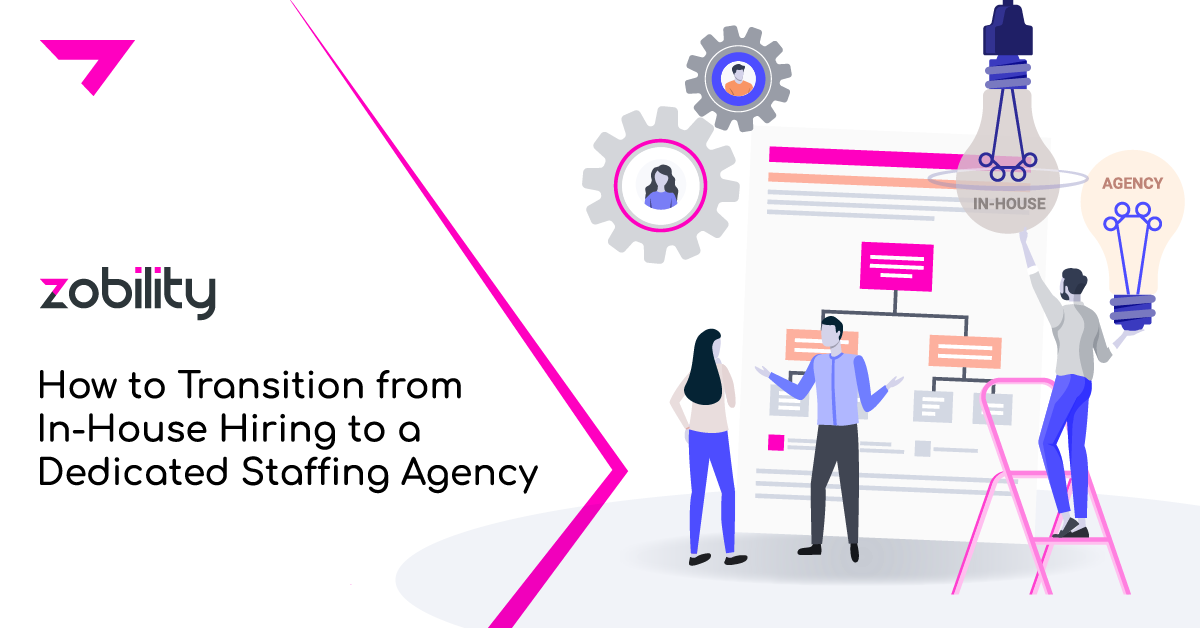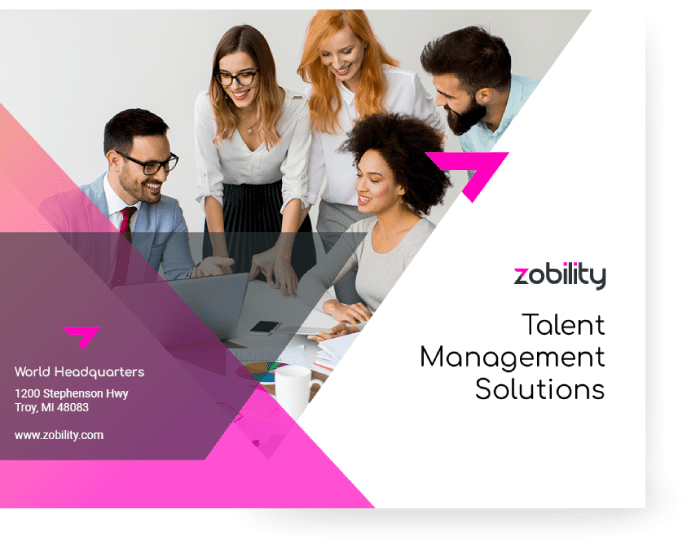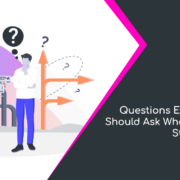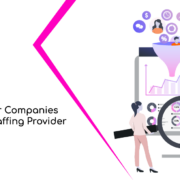A move from an in-house hiring model to using a dedicated staffing agency is a significant change — one that can offer many benefits, like financial savings, broader talent pool access, and operational efficiency. However, it requires careful planning and great caution for a seamless transition. Here are the steps a company should follow when transitioning its staffing function outside, focusing on change management, process adjustment, and stakeholder communication.
1. Understand the Need for External Staffing
Before transitioning to a third-party staffing solution, take some time to understand why this change would benefit the organization. Common reasons include:
- Expense reduction – opting for an external staffing solution can reduce operational expenses related to recruiting, training, and maintaining an HR department internally.
- Access to expertise – staffing agencies have extensive industry knowledge and provide access to more diverse talent.
- Focus on core activities – moving non-core activities outside frees time for the organization to concentrate on strategic issues and other core business functions.
2. Conduct a Thorough Assessment
Perform a comprehensive assessment of your current staffing processes and identify areas that can be moved outside. Consider factors such as:
- Roles and functions – determine which roles and functions can be efficiently managed by an external staffing service provider.
- Current performance – assess the performance of your in-house team to identify gaps or inefficiencies.
- Expenses – analyze the cost implications of maintaining an in-house team vs a dedicated staffing agency model.
3. Select the Right Staffing Partner
Selecting the right staffing partner is essential for a smooth transition. Follow these steps to identify the right match:
- Research and shortlist – look for staffing agencies that have expertise in industries like yours. Create a shortlist of potential candidates.
- Evaluate proposals – request detailed business proposals from the shortlisted agencies, including their services, pricing, and track record.
- Conduct interviews – interview potential partners to gauge their understanding of your needs and their ability to provide customized solutions.
- Check references – contact current and former clients of the agencies to gather information about their performance and reliability.
4. Develop a Transition Plan
Creating a well-structured transition plan supports managing the change effectively. Your plan should include:
- Timeline – establish a realistic timeline for the transition, with clear milestones and deadlines.
- Roles and responsibilities – define the roles and responsibilities of both your in-house team and the staffing agency during the transition period.
- Resources – allocate the necessary resources, including budget, personnel, and technology, to support the transition.
- Risk management – identify potential risks and develop mitigation strategies to address them proactively.
5. Implement Change Management Strategies
Organized change management further promotes a smooth transition. Use the following strategies to manage change effectively:
- Communicate early and often – keep all stakeholders informed of the transition plans, timelines, and expected outcomes. Transparency helps build trust and reduces resistance to change.
- Engage employees – involve employees in the change process by seeking their input, addressing their concerns, and providing support. This engagement can help reduce anxiety and foster a positive attitude toward change.
- Training and support – provide training and support to employees to help them adapt to the new processes and workflows. This can include workshops, one-on-one coaching, and access to resources.
6. Modify Processes and Workflows
To successfully transition to an external staffing model, you need to modify your current processes and workflows. Focus on these areas:
- Standard operating procedures (SOPs) – update your SOPs to reflect the new roles and responsibilities of the staffing agency and your in-house team.
- Technology integration – ensure smooth integration of the staffing agency’s technology with your existing systems for efficient communication and data sharing.
- Performance metrics – set clear performance metrics to evaluate the success of your external staffing agency model. Regularly review and adjust these metrics as needed.
7. Monitor and Evaluate
Continuous monitoring and evaluation ensure the success of your staffing initiative. Implement the following practices:
- Regular reviews – hold regular meetings with your staffing partner to assess performance, address any issues, and make necessary adjustments.
- Feedback mechanisms – set up feedback channels to gather input from employees, managers, and other stakeholders about the staffing arrangement.
- Continuous improvement – use the feedback and performance data to identify areas for improvement and implement changes to enhance the effectiveness of the staffing model.
Conclusion
Transitioning from in-house to external staffing requires thoughtful planning, effective change management, and continuous monitoring. By following these steps, your organization can successfully navigate the transition and reap the benefits of a more efficient and flexible staffing model. With the right approach, this change can become a strategic advantage that helps drive your business forward.
About Zobility
Zobility, an RGBSI brand, focuses on providing innovative talent management solutions within the mobility and high-technology sectors. A range of our services include staff augmentation, managed service provider (MSP), vendor management (VMS), recruitment process outsourcing (RPO), and payroll administration.
Learn more about Talent Management Solutions
Download Talent Management Solutions Booklet
Follow us on LinkedIn







